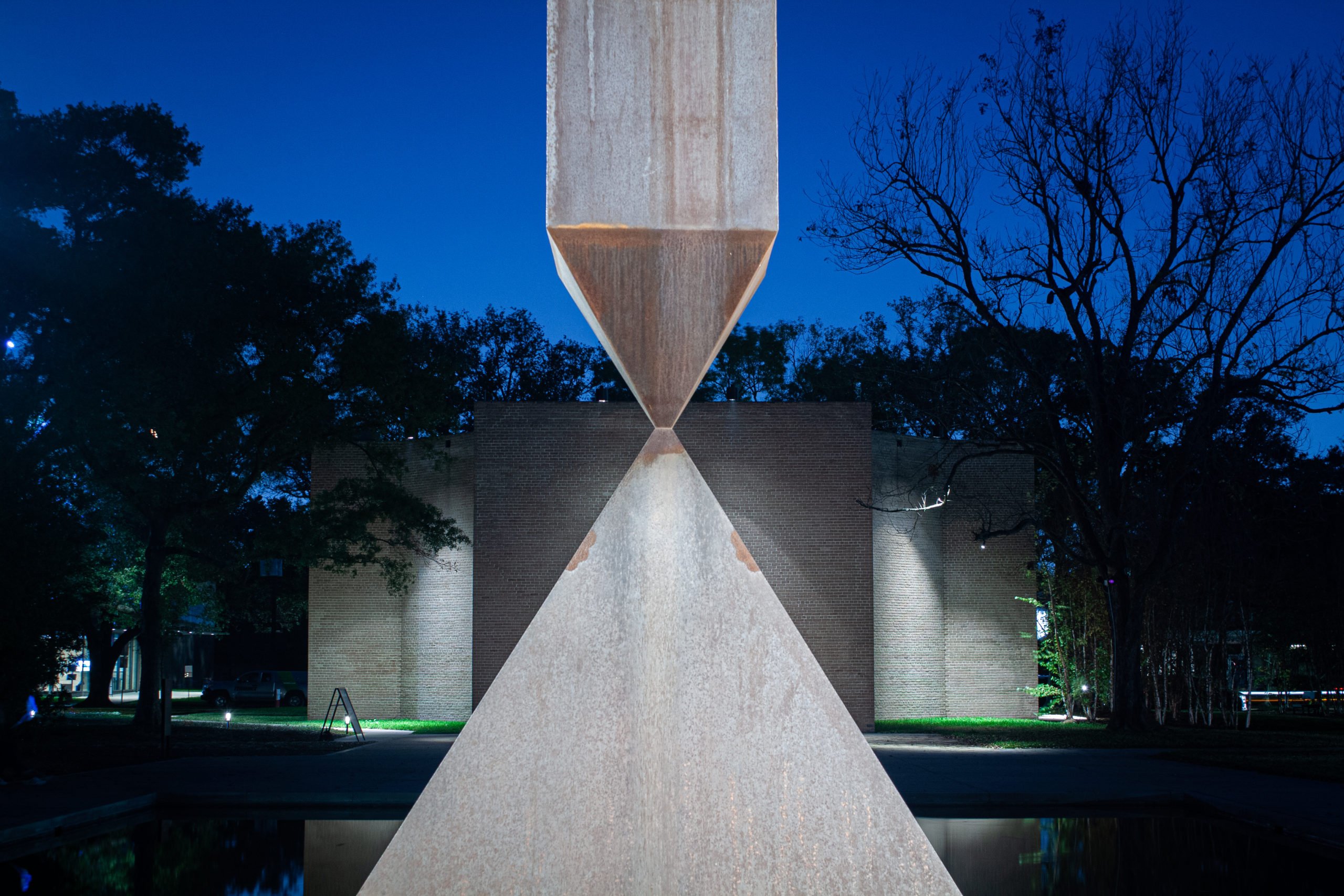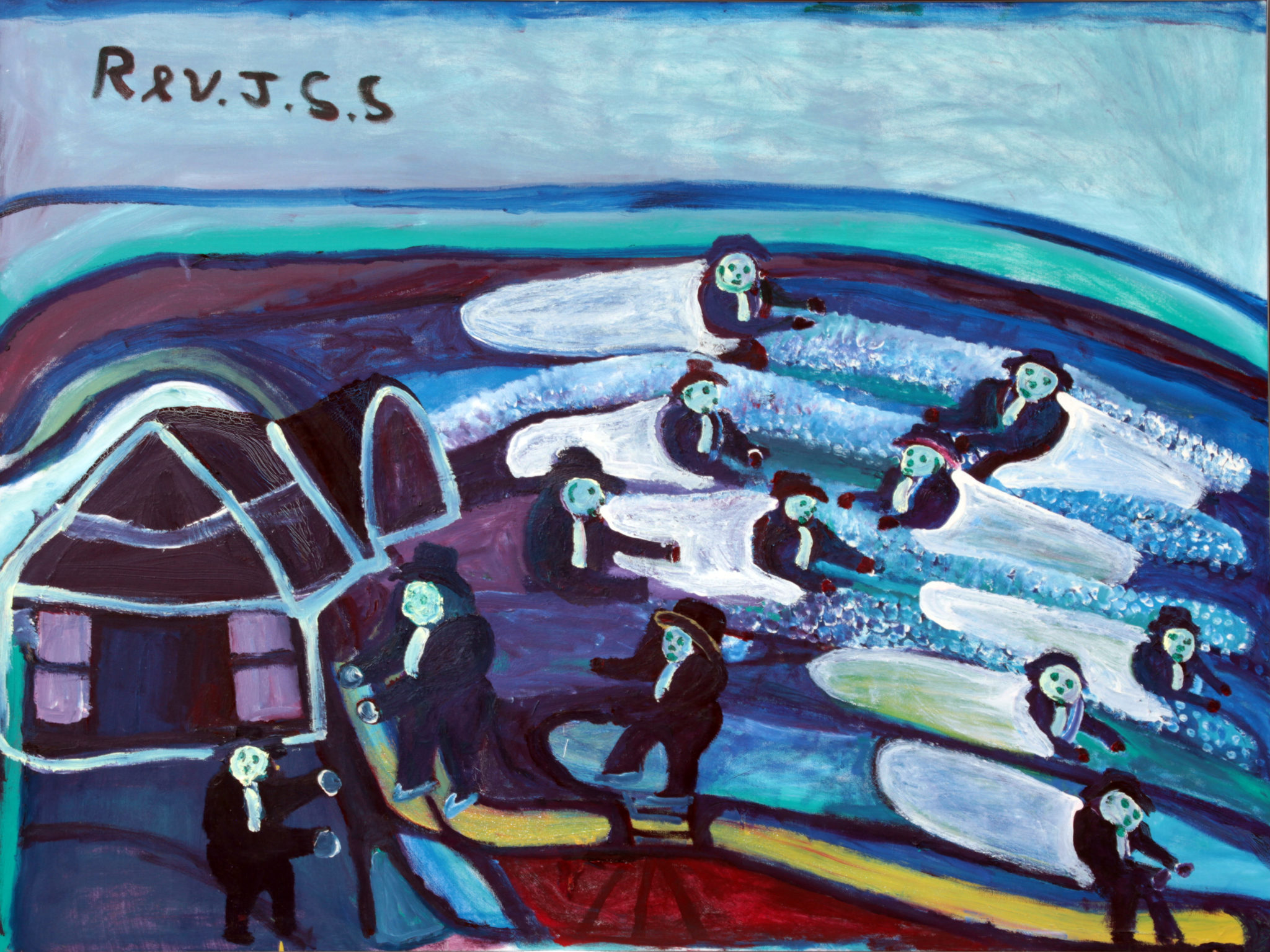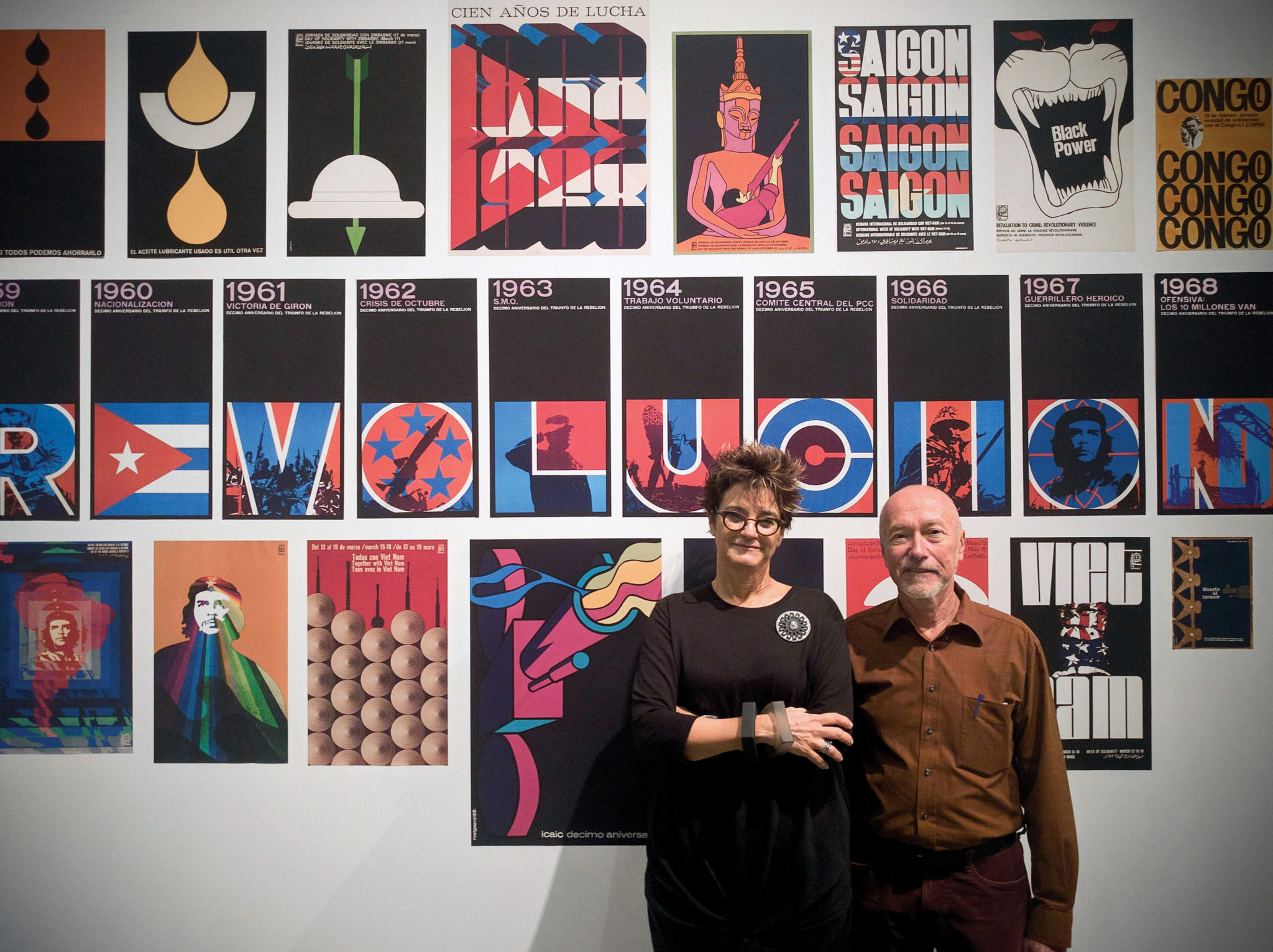
Adiós Utopia, Hello Texas
The first major U.S. show since 1942 of Cuban art comes to Houston.
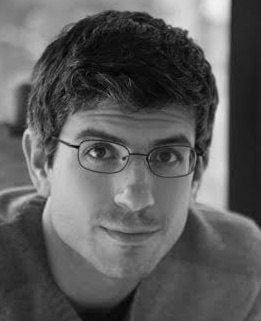
A version of this story ran in the April 2017 issue.
Adiós Utopia, Hello Texas
The first major U.S. show since 1942 of Cuban art comes to Houston.
Texans may be forgiven if many of us don’t know the first thing about art from Cuba. For most of the past 58 years, the socialist island nation has been cut off diplomatically and culturally from the United States. Almost all Texans, however, will recognize at least one important work from the island: “Guerrillero heroíco (Heroic Warrior),” the 1960 photograph of Ernesto “Che” Guevara taken by Alberto Korda. Perhaps you’ve seen it on a T-shirt once or twice.

“Guerrillero heroíco” is, by some estimates, the most reproduced and viewed photo in history. For more than half a century, it has conveniently stood as shorthand for both the island and the revolutionary project transpiring there — romantic, forward-looking and inspiring to some; shallow, dubious and menacing to others. The level of metonymy that Korda’s photo has achieved with his home country speaks to the power of art to reflect and translate the dreams and challenges of a people into a universal visual language. But as vital as “Guerrillero heroíco” remains, the photo is 57 years old. The thrilling hopes and predictable disappointments encoded in Korda’s image have long since been realized, chewed over and spit out by wave after wave of new Cuban artists, many of whom have been sentenced to invisibility in the United States because of embargo politics. The time has come for a closer look.
The long overdue U.S. reconsideration of modern Cuba through its post-revolutionary, post-Che art has to start somewhere. Still, it’s a bit surprising to see it kicking off in Texas, of all places, with the landmark exhibit Adiós Utopia: Dreams and Deceptions in Cuban Art Since 1950 at the Museum of Fine Arts, Houston (MFAH), from March 5 to May 21.
Adiós Utopia is a big show, both historically and aesthetically, with more than 100 pieces including sculpture, photo, painting, video and installation. Rich in color, the show features a few spectacular, large-scale installation pieces — most prominently, Wilfredo Prieto’s 2003 “Apolítico (Apolitical),” a row of enormous grayscale national flags hanging over the museum’s main atrium. (The U.S. flag takes a place of prominence at the top as host of this imagined global summit.) According to curators, the show will have to shrink to fit in the space allotted by its next host, the Walker Art Center in Minneapolis. In its tendency toward grandiosity, if in little else, the current incarnation of Adiós Utopia is classic Texas.
“We don’t want to do more shows about Frida Kahlo or Diego Rivera. We want to do shows about chapters of Latin-American art that are not that well-known.”
The exhibit serves an important local audience: Houston boasts the eighth-largest Cuban-American community in the United States, over 19,000 people. Still, that’s less than 2 percent the size of Miami’s massive Cuban population. New York City has a Cuban-American population seven times as large as Houston’s and is home to several top contemporary art museums, as well as many artists from the Cuban diaspora and galleries that sell their work.
So why is Houston hosting the first major U.S. museum show of recent Cuban art since before the Revolution? There’s a long answer to that question, but it can also be distilled into three words: Mari Carmen Ramírez.

Ramírez, 61, has spent the past 30 years almost single-handedly bringing Texas into a position of prominence in Latin American art. From her beginnings with the Archer M. Huntington Art Gallery in Austin (now the Blanton Museum of Art), where in 1988 she became the head of the first-ever Latin American art department in the United States, to her work since 2001 as director of the International Center for the Arts of the Americas (ICAA) at MFAH, Puerto Rico-born Ramírez is herself a revolutionary figure in the Texas visual arts world, an icon who helped put a once-provincial scene on the map.
Most of the ICAA’s exhibits are based on new research. “We don’t want to do the shows that everyone else has done, or more shows about Frida Kahlo or Diego Rivera,” Ramírez says. “We want to do shows about chapters of Latin American art that are not that well-known, particularly here in the U.S.”
Adiós Utopia isn’t Ramírez’s first rodeo. In the 2000s, she curated retrospectives of the Venezuelan sculptor Gego and the Brazilian neo-concrete artist Hélio Oiticica that helped introduce both late greats to U.S. audiences. According to a 2008 New York Times Magazine story, these shows sparked a 2,500 percent increase in the market value of Gego’s work and a 1,000 percent increase in Oiticica’s. With those two exhibits alone, Ramírez has forever proven the value of her eye and detailed regional knowledge to the investment-oriented world of high-end art collecting.
Ramírez runs the ICAA as a research institution focused on preserving and digitizing primary documents from across the hemisphere. She’s also an advocate and activist. Through essays, exhibits and interviews, she has consistently inveighed against the gringo tendency to see folk art and naïve styles as emblematic of the region — an appetite for flowers, pastoral scenes and pre-Columbian imagery that can feed off of and into neocolonial foreign policy and racist attitudes.
“Cuban art is as advanced and sophisticated as any art from any place in the world,” Ramírez says, pushing back against a nostalgic view that begins and ends with “Guantanamera” and misty photographs of mountain guerrillas. “Americans are missing out on it.”
Ramírez’s great accomplishment with the ICAA has been to reposition Latin American art for U.S. audiences around a recognition of the region’s links to European movements, especially in abstract art, and around the diverse contributions of the region to the broad story of Western civilization. While Ramírez played a limited role in curating Adiós Utopia, she’s been laying the groundwork for the exhibit for years.
“Mari Carmen Ramírez has built up a very strong Latin American collection, department and donor base,” says George Flaherty, a professor of art history at the University of Texas at Austin and a Cuban-American himself. “It’s a powerhouse that competes with the Museum of Modern Art in New York. … It should be no surprise that this kind of show is happening in Houston. It’s part of her broader project of changing the American conception of what Latin American art is.”
Ramírez’s 2004 exhibit Inverted Utopias was a watershed show for Latin American art in the United States. She says that while the curious overlap of titles between Inverted Utopias and Adiós Utopia is a coincidence, the shows tackle similar themes. “None of the artists in this exhibit were represented in Inverted Utopias,” she says. “But both are dealing with the notion of utopia, which was very important in Latin American art of the 20th century.”
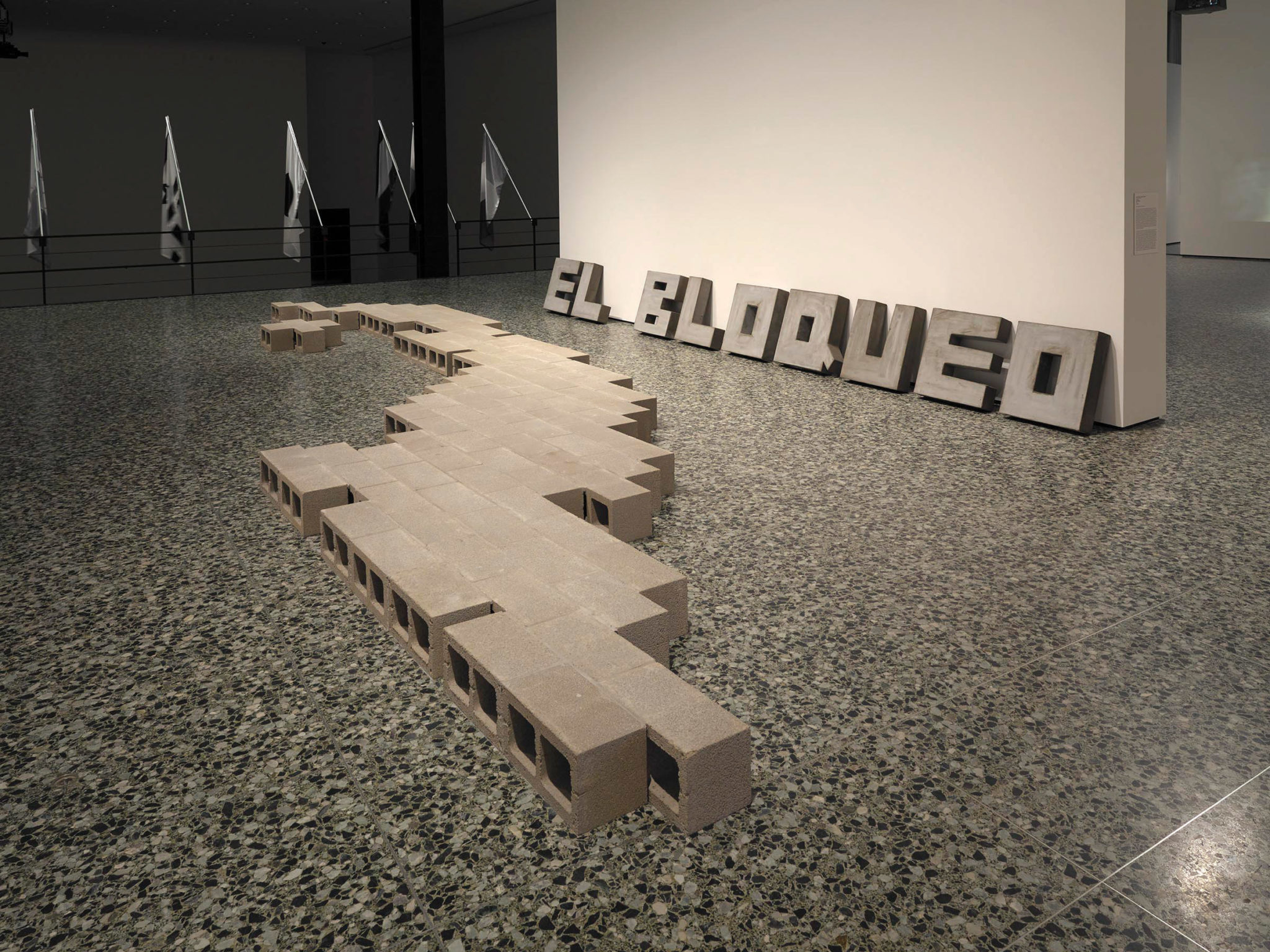
Just over 500 years ago, Thomas More coined the term utopia in his philosophical novel of the same name. More imagined an island called Utopia, from the Greek meaning “no place,” where human society finally achieves harmony, honesty and fairness. He was eventually beheaded for his political heresies, but not before the idea of utopia captured the Western imagination and spawned a litany of imitators.
Of the many attempts to install a utopia in the Western Hemisphere, perhaps the most prolonged and dramatic example has been on another solitary island, Cuba. While American observers tend to rush to interrogate Cuban culture for evidence of a society losing faith in the Che Guevara-inspired utopia of international socialism, the exhibit also highlights a series of alternative utopias that have grown up around the politics and geopolitical estrangement of Cuba. These include the utopia of apolitical communication found in abstraction, the utopia of escape during dark political times (often represented by the sea), and the utopia of return from exile.
“Etymologically, utopia is a no-place,” Flaherty says. “It’s a void that gets filled by lots of different people with lots of different vantage points and interests and stakes. All of us — including people who live on the island, who’ve left the island, who want to visit the island — we’re always kind of filling that void with our own hopes and anxieties.”
Gerardo Mosquera, whom Flaherty calls “arguably the most prominent and important critic and curator of Cuban art since the 1980s,” curated the show together with two other Cubans. Mosquera has had high-profile clashes with the regime, including over the direction of the Havana Biennial, a crucial link between Cuba and the international art world. Mosquera helped found the Biennial in 1984, but he now describes himself as completely independent of the regime. His collaborators on the exhibit are employed by Cuban state institutions, but all three worked independently for this project, and all of the items on display are borrowed from private collections and museums outside Cuba. In other words, the official blessing required to borrow an artwork from the Cuban national fine arts museum was never sought and most likely would not have been granted.
“It’s not that we wanted to be critical for the sake of being critical,” Mosquera explains. “It’s that the art has been very critical. This won’t be a show the Cuban government will feel sympathetic about.”
In the exhibit, utopia also serves as a universal language, helping translate the specifics of Cuba to the outside world, where all of us, perhaps particularly those of us on the left, still wrestle with utopian ideals in our politics. If Cuba’s (sometimes hidden) existence is enough to prove to U.S. audiences that another world is possible, Adiós Utopia makes us ask about the limits of that possibility. For instance, what does an art world look like without our financial-speculation-driven collector’s market, but with its opposite instead: robust government support of and, occasionally, control over artistic expression? What’s it like to live in a country ossified for six decades under a sort of zombie Stalinism, and/or in a cosmopolitan, deeply egalitarian society sentenced to oblivion by the U.S. embargo? How does utopia realize itself in small ways, even as the big utopian project seems to be going off the rails?
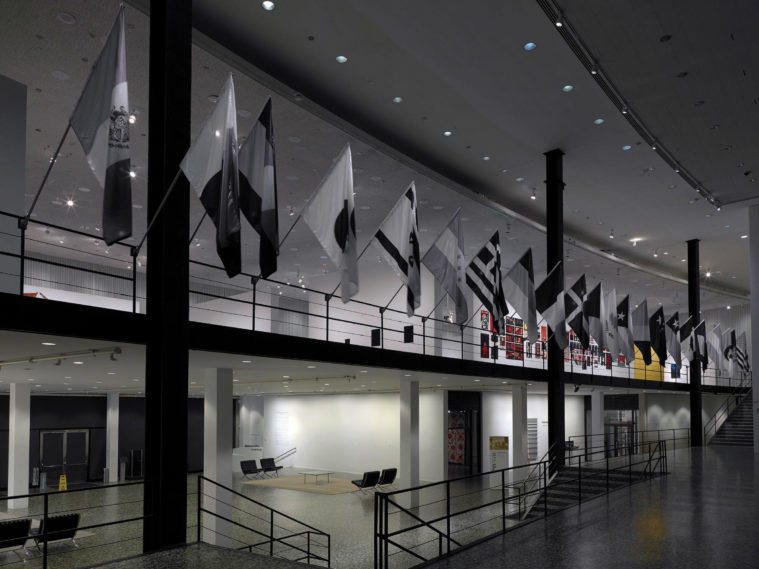
At the center of Adiós Utopia, past the row of giant flags on one side and the exuberant wall display of ’60s-era poster design on the other, is a big open space dominated by Glexis Novoa’s untitled large-scale installation from his 1989 “Etapa práctica (Practical Stage)” series. After Prieto’s flags, Novoa’s is the biggest single artwork in the show. Modeled on a Soviet-era monument, it covers the entire back wall with angular oil paintings mimicking marble blocks, painted with letters from the Cyrillic alphabet. The letters, however, add up to nonsense. At the center of the tomb-shaped arrangement is a portrait of a man resembling the guerrillero heroíco himself — but it’s actually a warped self-portrait of the artist, incorporating certain facial features of Guevara’s.
Novoa’s piece represents a rupture point in the period leading up to the fall of the Berlin Wall, when nearly exhausted revolutionary themes found a new resonance in what Flaherty calls “auto-critique” of the Revolution, often manifesting as satire. To its right are artworks representing the early history of the island utopian dream, stretching back into the decade before the Revolution; to its left is the art of the last 30 years, where utopia is elsewhere, artists dream of big-dollar sales on the international market, and Cuba, in a globalized world, is increasingly connected to every country except the United States.
Ramírez has inveighed against the gringo tendency to see folk art as emblematic of the region — an appetite for flowers, pastoral scenes and pre-Columbian imagery that can feed off of and into neocolonial foreign policy and racist attitudes.
Though the 1980s do fall squarely in the middle of Adiós Utopia’s 67-year chronology, there are deeper reasons for putting the art of that decade front and center. It is the moment when the children of the Revolution, educated in the values of socialism, came of age and became key players in the Cuban art scene. Perhaps because these emerging artists, however critical their attitudes, were the new men and women of a would-be utopian society, their works were in many cases allowed to evade censorship, giving rise to an important movement known as New Cuban Art.
“These were young artists who lived their entire lives inside the Revolution, and are in fact the products of the Revolution, in terms of literacy, the democratization of culture, et cetera,” Flaherty says. “So they had, in some ways, a right and a privilege to take a hard look at what was going on.”
Though Castro never committed to an official aesthetic of socialist realism, Cuba instituted neo-Stalinist controls on the culture industries in 1971 and again in 1975. In the ’80s, however, New Cuban Art helped engineer a reversal of course — well before late-Soviet glasnost policies allowed freer expression in the USSR. “I do not know of another case in the history of ‘actual socialism’ in which a movement emanating from art managed to dismantle the official cultural policy … reorienting the entire culture in the direction of social and political analysis,” Mosquera writes in the exhibit catalog.
In the eyes of some Cuban observers, and seemingly of Adiós Utopia, the 1980s in Cuban art were a sort of creative utopia, when the international art market still had not penetrated the island to the point where art was primarily a commercial pursuit, and artists were doing the good, hard work of saving the Revolution from itself. That changed in the late ’80s, as the Soviet bloc collapsed and famine and depression hit. Cuban institutions became less friendly to free expression and eventually began encouraging artists to emigrate. At the same time, Cuba itself was forced to internationalize, becoming more open to tourism and outside speculators. In more recent years, as Cuba has found new allies around the world, many self-exiling artists have been welcomed back to the island.
“Things got really ugly after the Soviet support evaporated,” Flaherty says. “Now, the state has kind of figured out a way to keep these incredible cultural and diplomatic resources. A lot of artists now maintain at least a toehold in Cuba. Increasingly, these artists are operating at a global scale, but they’re maintaining their primary residence, or at least a workshop, in Cuba.”
Adiós Utopia arrives in Houston at a time of great change for the United States and Cuba, most notably the re-establishment of diplomatic relations and the end to the U.S. travel ban in 2015. The exhibit is not a product of the new agreement between the two nations, however, and Ramírez notes that work on the show began almost three years ago. Still, Adiós Utopia is freshly relevant for a period of growing American interest in Cuba.
Even more unforeseen for the exhibit’s organizers, it arrives in Houston in time for the third month of the presidency of Donald J. Trump, who has hinted that he may renege on the renewed diplomatic relations. The rise of Trump underlines how ephemeral this moment of cultural rapprochement between the nations could be, as well as a more general global sea change in favor of a style of authoritarian nationalism critiqued in Adiós Utopia.
As Ivan de la Nuez puts it in his essay for the exhibit catalog, “Let us say that Cuba begins to fit into the world now. But not so much because it has changed substantially, but rather because the world has changed. Not because it has gotten better, but because the world has gotten worse. And not because it has decreed the advent of liberal democracy, but because that democracy has been fading in the West. … If exceptionalism worked before in favor of the Cuban government, today it is normalization that can sustain it.”
Adiós Utopia works against the normalization of Cuban authoritarianism, giving space to critical works that would not be permitted for display in Cuba. It’s worth noting yet another adaptation of Korda’s Guevara portrait in Adiós Utopia: Tomás Esson’s 1987 “Mi homenaje al Che.” This canvas, depicting a monstrous couple in the throes of love under the steely gaze of the heroic warrior, caused the Cuban government to close the show where it was first exhibited. Only now, 30 years later in Houston, is it being exhibited again, according to Mosquera.
“Let us say that Cuba begins to fit into the world now. But not so much because it has changed substantially, but rather because the world has changed.”
Both Ramírez and Mosquera emphasize that the key takeaway about modern-day Cuban art should be its vibrancy and sophistication, not its occasional battles with censors. Though free expression remains a struggle on the island, it has often been a winning one. Like Korda with “Guerrillero heróico” half a century ago, the contemporary Cuban artists on display in Adiós Utopia, so many of whom make art as a challenge to established power, hold the key to understanding their country today and where it’s headed in the next 50 years. They also provide hope and guidance for global audiences falling under the shadow of authoritarianism.
“To me, what is most exciting is the way in which this critical approach to art has been kept, sometimes in difficult situations, under pressure, in Cuba since the 1980s up to the present,” Mosquera says. “This critical approach went from the visual arts to the arts — literature, theater, music — but it began in the visual arts.”
Opening photo: “Etapa práctica (practical Stage)” by Glexis Novoa (1989). WILL MICHELS/COURTESY MFAH
This article appears in the April 2017 issue of the Texas Observer. Read more from the issue or become a member now to see our reporting before it’s published online.

